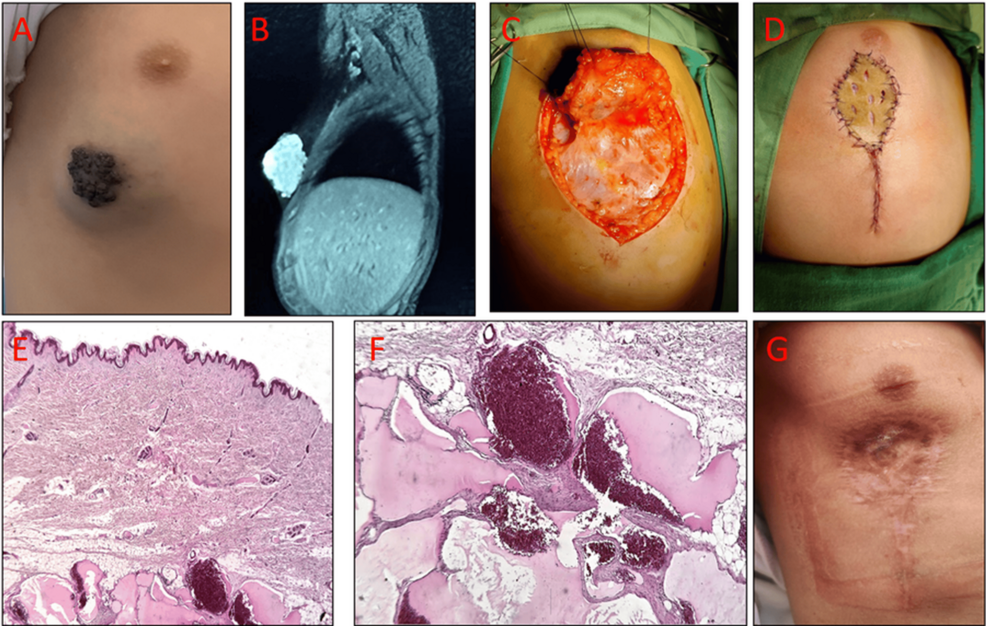Imagine walking into work next week knowing that some of your team’s most challenging issues have suddenly improved. That process that’s always running into bottlenecks? It’s 60% faster. That product you were constantly having to fix? It’s now perfect 95% of the time. That tool that’s always missing? Everyone knows exactly where to find it.
For employees at GE Aerospace supplier Steel Tool & Engineering, they don’t have to imagine — they’re now seeing dramatic improvements firsthand, thanks to a shingijutsu kaizen event held in partnership with GE Aerospace this past summer.
Kaizen, a tenet of lean management pioneered by the auto manufacturer Toyota, means continuous process improvement. Shingijutsu kaizen events are multi-day problem-solving efforts where teams step away from their day-to-day work and focus on improving high-value processes together. They’re a core component of GE Aerospace’s proprietary lean operating model called FLIGHT DECK.
Rather than put it to use only in its internal shops, GE Aerospace is actively using FLIGHT DECK to improve its massive external U.S. supply chain, including Steel Tool, which specializes in the brazed honeycomb assemblies that surround a jet engine’s turbine blades. Quintin Sweat, a supplier recovery leader for GE Aerospace, partners daily with Steel Tool to ensure their product deliveries stay on track so the company can deliver for its customers. He was instrumental in bringing roughly 40 GE Aerospace and Steel Tool employees together for the shingijutsu kaizen event at Steel Tool’s Detroit facility in July.
“Steel Tool jumped at the opportunity to host this event. They made my job easy,” Sweat jokes. “It can be hard to put your hand up and say you want help, but all credit to Steel Tool, because their team was engaged and ready to collaborate and bought into the FLIGHT DECK fundamentals.”
“I think it took me about 30 seconds to say yes,” says Pete Grunwald, Steel Tool’s vice president of operations. “As a result of saying yes, we were invited down to an internal GE Aerospace shingijutsu kaizen event at its Auburn, Alabama, facility. It was valuable to do that because it really helped prepare us for what went into making these events successful here.”
Focusing on the Goals
Participants in the event were split into four teams, each tasked with improving a specific manufacturing process for the week. The teams set measurable goals aligned to safety, quality, and delivery at the beginning of the week and, with the help of Steel Tool production operators, quickly diagnosed existing problems.
“When we’ve done kaizen events in the past at Steel Tool, we’ve had weeks or months to close out action items,” says Desmond Brown, Steel Tool’s business operations manager. “This event was different because it was so focused. Each team knew exactly what needed to be done each day to meet our goals. Compressing it into just a week to accomplish everything meant using our time efficiently.”
Along the way, a lean manufacturing expert and coach — aka a sensei — regularly visited each team to push their thinking. During a shingijutsu kaizen session, the sensei’s role isn’t to give the team the answers, but to challenge, ask questions, and help develop a problem-solving mindset along the way to an improved process.
Pushing through the first part of the week was a challenge, Sweat says. “You’re working with new people, you’re out of your day-to-day rhythm, you’ve got differing assumptions on how to best solve the problem.” As the week progressed, teams began to jell, trial and error led to solutions, and bottlenecks began to clear. At the end-of-week report-out, the teams shared impressive results.
Over the course of the event, the team achieved 58 safety improvements, an 800-piece increased output per week, and 45% and 68% improvements in first-time yield on two separate processes. By reducing the rework and waste involved in making parts, the team provided an instant boost to production output.
This also led to a newfound confidence on the manufacturing floor, as employees found themselves producing higher-quality work and saw their processes becoming safer and more efficient. “It really reminded us of what our true capabilities as a company are when we’re focused,” Brown says.
Lightbulbs and Breakthroughs: FLIGHT DECK in Action
While the numbers were impressive, the best part of the week, Sweat says, was seeing “lightbulb” moments when various teams broke through with new solutions.
”You could see a complete change in demeanor on the entire team once they made their breakthroughs,” he adds. “That moment really shows the power of FLIGHT DECK. It’s not just a one-time initiative. It’s really a mindset and a way of working that we’ve adopted and now are seeing be adopted by our suppliers.”
“We’ve been on our lean manufacturing journey for a while now,” Grunwald says. “But the level of participation in this event is unlike anything I’ve ever seen. This was on another level.”
The event’s outcomes are precisely what GE Aerospace Chairman and CEO Larry Culp envisioned when he introduced FLIGHT DECK at the company’s annual investor conference in early 2024. “Steel Tool is on board to continue this journey with us,” Culp noted in a recent all-employee message highlighting the event. “This is the power of FLIGHT DECK in action.”
As for Sweat, he left the event feeling energized. In fact, he’s already working on a second shingijutsu kaizen event with the Steel Tool team. He also imparted a passionate message for his GE Aerospace colleagues and supply chain partners.
“Achieving these types of results is absolutely possible,” Sweat says. “If you want to get better, this is the way to make it happen. You literally see results the next week. It’s all upside for the supplier with these events.”
It’s a cliché, but in this case it rings true for the partnership between GE Aerospace and Steel Tool: What a difference a week can make.







